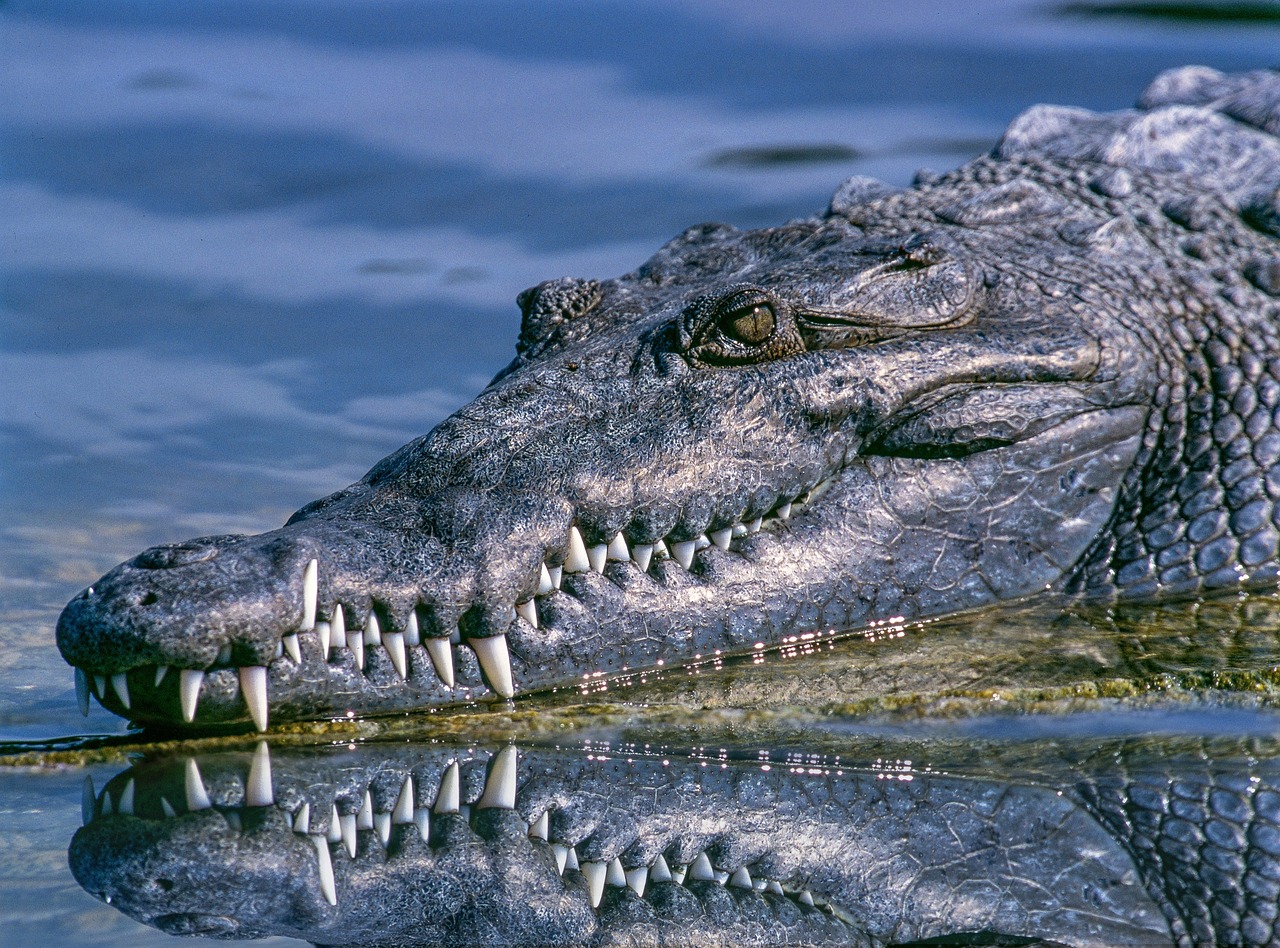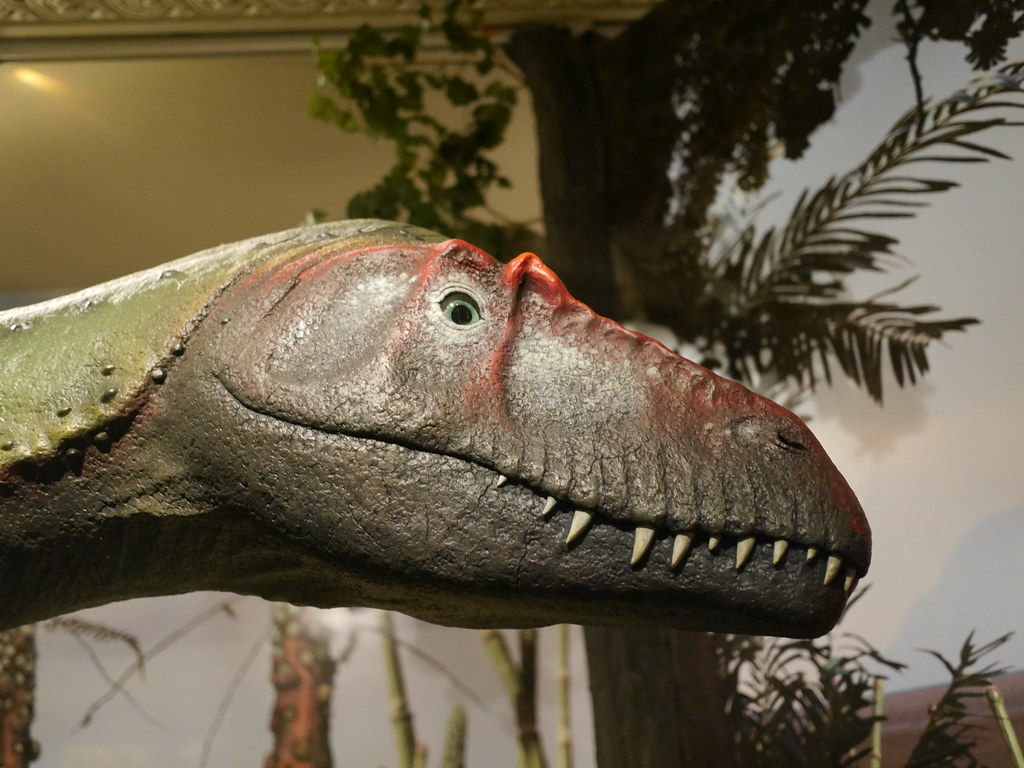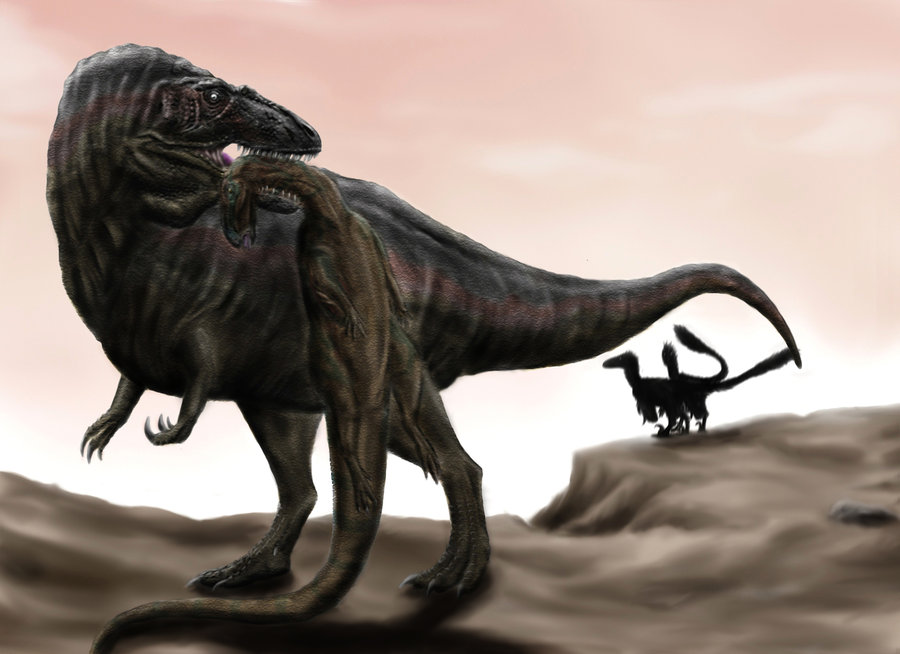Picture this: you’re standing in a museum, gazing at a towering T. rex reconstruction, when suddenly you notice something that makes you do a double-take. Those massive jaws – do they have lips or not? This seemingly simple question has ignited one of the most heated debates in paleontology and paleo art circles, dividing scientists and artists into passionate camps that argue with the fervor of sports fans defending their favorite teams.
The Great Lip War That’s Reshaping Dinosaur Science
The dinosaur lip debate isn’t just about aesthetics – it’s fundamentally changing how we understand these ancient creatures. For decades, popular culture has depicted dinosaurs as scaly, lipless monsters with perpetually exposed teeth, much like modern crocodiles. But recent scientific discoveries are challenging this crocodilian model, suggesting that many dinosaurs might have had soft tissue covering their teeth. This revelation has sent shockwaves through the paleontology community, forcing researchers to reconsider everything from feeding behaviors to social interactions. The implications are staggering: if dinosaurs had lips, it could mean they were more mammal-like in their biology than previously thought. Some scientists argue this debate represents the biggest shift in dinosaur understanding since the discovery that birds are dinosaurs.
When Crocodiles Became the Template for Prehistoric Monsters

The lipless dinosaur tradition started innocently enough, with early paleontologists looking to modern crocodiles as the closest living relatives to understand dinosaur anatomy. Crocodiles have exposed teeth that create that intimidating, perpetual snarl we’ve come to associate with prehistoric predators. This seemed logical at the time – both groups are archosaurs, after all. However, this comparison created a visual legacy that dominated dinosaur art for over a century, from museum displays to Hollywood blockbusters. The problem is that crocodiles are semi-aquatic specialists with unique adaptations, while most dinosaurs lived completely different lifestyles on land. It’s like using a dolphin as a template for understanding all mammals – the comparison breaks down quickly when you consider the vast differences in their environments and behaviors.
The Shocking Discovery That Changed Everything
In 2023, a groundbreaking study examined the tooth wear patterns and jaw mechanics of various reptiles, leading to a revelation that stunned the scientific community. Researchers found that animals with exposed teeth show distinctive wear patterns that simply don’t match what we see in most dinosaur fossils. The study suggested that many dinosaurs, particularly theropods like T. rex, likely had soft tissue covering their teeth when their mouths were closed. This wasn’t just speculation – it was based on hard evidence from fossil analysis and comparative anatomy. The research team used cutting-edge imaging technology to examine fossil skulls in unprecedented detail, revealing subtle clues that had been overlooked for generations. Suddenly, the lipless dinosaur model that had dominated paleo art for decades was being questioned by solid scientific evidence.
Why Teeth Tell Tales About Ancient Lips
Teeth are like geological records – they preserve evidence of how they were used and protected during an animal’s lifetime. In living animals, exposed teeth show characteristic patterns of wear, chipping, and damage from constant exposure to air and environmental factors. When paleontologists examined dinosaur teeth under microscopes, they found something unexpected: the wear patterns didn’t match those of animals with permanently exposed dentition. Instead, they resembled the teeth of animals whose chompers are protected by soft tissue when not in use. This evidence suggests that dinosaur teeth were kept moist and protected, much like those of mammals or monitor lizards. The implications are profound – it means dinosaurs had evolved sophisticated ways to protect their dental equipment, just like many modern animals do.
The Mammal Connection Nobody Saw Coming

Here’s where the story gets really interesting: many of the animals we see with lips today aren’t closely related to dinosaurs at all. Mammals, for instance, evolved lips independently as a way to protect teeth and aid in feeding. But when scientists started looking at monitor lizards – which are actually more closely related to dinosaurs than crocodiles are – they found something remarkable. These large lizards have fleshy lips that cover their teeth, and their tooth wear patterns closely match what we see in dinosaur fossils. This discovery suggests that lips might have been a common feature among land-dwelling archosaurs, not just an oddity of mammalian evolution. It’s like finding out that your distant cousin independently invented the same solution to a problem you thought was uniquely yours.
Hollywood’s Billion-Dollar Mistake
The entertainment industry has invested billions of dollars in creating lipless dinosaur monsters, from the original King Kong to the Jurassic Park franchise. These movies have shaped public perception so powerfully that many people can’t imagine dinosaurs any other way. The iconic T. rex roar with bared teeth has become as recognizable as any movie monster, generating merchandise, theme park attractions, and countless imitations. But science doesn’t care about box office receipts, and the evidence for dinosaur lips is forcing Hollywood to confront an uncomfortable truth: their billion-dollar monsters might be anatomically incorrect. Some newer productions are already beginning to incorporate lipped dinosaurs, but the transition is slow and controversial among fans who grew up with the traditional imagery.
The Artists Caught in the Crossfire
Paleo artists find themselves in an impossible position, torn between scientific accuracy and public expectations. These talented individuals spend years perfecting their craft, studying anatomy and fossil evidence to create the most accurate reconstructions possible. But when the science changes, they face a dilemma: do they follow the latest research or stick with the familiar imagery that audiences expect? Some artists have embraced the lip revolution, creating stunning new interpretations that show dinosaurs in a completely different light. Others remain skeptical, arguing that the evidence isn’t conclusive enough to justify such a dramatic change. The community is split, with heated debates raging in online forums and at paleontology conferences about which approach is correct.
What Lips Mean for Dinosaur Behavior
If dinosaurs had lips, it would revolutionize our understanding of how these creatures lived and interacted with their world. Lips serve multiple functions in modern animals: they help with feeding, protect teeth from damage, and even play a role in communication and social behavior. A T. rex with lips might have been capable of more sophisticated feeding behaviors, perhaps even showing facial expressions or using lip movements for social signaling. This would paint a picture of dinosaurs as more complex, nuanced creatures rather than the simple killing machines often portrayed in popular media. The presence of lips might also suggest that dinosaurs had more sensitive facial nerves and could perceive their environment in ways we never imagined. It’s the difference between viewing them as mindless monsters and recognizing them as intelligent, social animals with complex behaviors.
The Fossil Evidence That’s Hard to Ignore
While soft tissues like lips rarely preserve in fossils, scientists have found indirect evidence that’s increasingly difficult to dismiss. Nerve canals in dinosaur skulls show patterns similar to those in modern animals with lips, suggesting the presence of the necessary sensory equipment. Additionally, the shape and positioning of dinosaur teeth often mirror those of lipped animals rather than creatures with exposed dentition. Some exceptional fossils have even preserved traces of soft tissue around the jaw area, though these are rare and often debated. The cumulative evidence from multiple lines of research is building a compelling case that many paleontologists find convincing. However, the absence of direct soft tissue preservation means the debate continues, with both sides presenting valid arguments based on the available evidence.
Why Some Scientists Still Say No
Not everyone in the scientific community has jumped on the dinosaur lips bandwagon, and their skepticism isn’t without merit. Some researchers argue that the evidence is still too circumstantial to justify such a major revision of dinosaur anatomy. They point out that crocodiles and dinosaurs share many anatomical features, and the crocodilian model has served paleontology well for decades. Critics also note that not all dinosaur groups would necessarily have had lips – some species might have had exposed teeth for specific functional reasons. The debate highlights the inherent challenges of paleontology: reconstructing soft tissue anatomy from hard fossil evidence requires making educated guesses that can’t always be verified. These scientists aren’t being stubborn; they’re maintaining the healthy skepticism that drives good science forward.
The Museum Revolution Nobody Expected

Museums around the world are facing a unique challenge as the dinosaur lips debate gains momentum. These institutions have invested millions in displays, reconstructions, and educational materials based on the traditional lipless model. Some progressive museums have begun updating their exhibits to reflect the latest research, while others are taking a wait-and-see approach. The Smithsonian, for example, has started incorporating discussions of the lip debate into their educational programs, presenting both sides of the argument to visitors. This creates an interesting opportunity for museums to demonstrate how science evolves and changes over time. Visitors can now witness paleontology in action, seeing how new discoveries challenge old assumptions and force us to reconsider what we thought we knew about the past.
Children’s Books Face an Unexpected Dilemma

Perhaps nowhere is the dinosaur lips controversy more challenging than in children’s literature and educational materials. Generations of kids have grown up with picture books showing fierce, lipless dinosaurs, and publishers are now grappling with whether to update these beloved images. Some educators argue that showing the scientific process in action – including debates and changing ideas – is valuable for young minds. Others worry that introducing uncertainty might confuse children who are just learning about dinosaurs. The situation has created an unexpected market for new dinosaur books that incorporate the latest research, while also raising questions about how we balance scientific accuracy with educational accessibility. It’s a reminder that paleontology doesn’t exist in a vacuum – it influences how we teach children about the natural world.
The Technology That’s Changing Everything
Modern technology is providing new tools to investigate the dinosaur lips question in ways that weren’t possible even a decade ago. Advanced CT scanning can reveal internal skull structures and nerve pathways that might indicate the presence of soft tissues. Computer modeling allows scientists to test how different lip configurations would affect feeding mechanics and jaw function. Some researchers are even using machine learning algorithms to analyze patterns in fossil preservation and compare them to modern animals. These technological advances are accelerating the pace of discovery and providing more objective ways to evaluate competing hypotheses. The debate is becoming less about opinion and more about data, though interpreting that data still requires human judgment and expertise.
What This Means for Future Discoveries

The dinosaur lips debate is changing how paleontologists approach soft tissue reconstruction in extinct animals. Researchers are now more carefully considering the possibility that many features we’ve assumed about dinosaurs might be wrong. This skeptical approach is leading to new questions about everything from skin texture to coloration to behavioral patterns. Future fossil discoveries will be examined with fresh eyes, looking for evidence of features that previous generations of scientists might have overlooked. The controversy is also encouraging more collaboration between paleontologists and specialists in other fields, from biomechanics to animal behavior. This interdisciplinary approach is likely to yield insights that wouldn’t be possible within the traditional boundaries of paleontology alone.
The Verdict That’s Still Out

As scientific debates go, the question of dinosaur lips perfectly demonstrates how paleontology balances evidence, interpretation, and educated speculation. The growing body of research suggesting that many dinosaurs had lips is compelling, but it’s not yet definitive enough to close the case completely. What’s certain is that this debate has energized the field and forced scientists to think more critically about their assumptions. Whether dinosaurs had lips or not, the controversy has already advanced our understanding of these ancient creatures and demonstrated the dynamic nature of scientific knowledge. The next major fossil discovery could tip the scales one way or another, but for now, the mystery continues to captivate both scientists and the public alike. Isn’t it fascinating how something as simple as lips could revolutionize our entire understanding of the prehistoric world?



